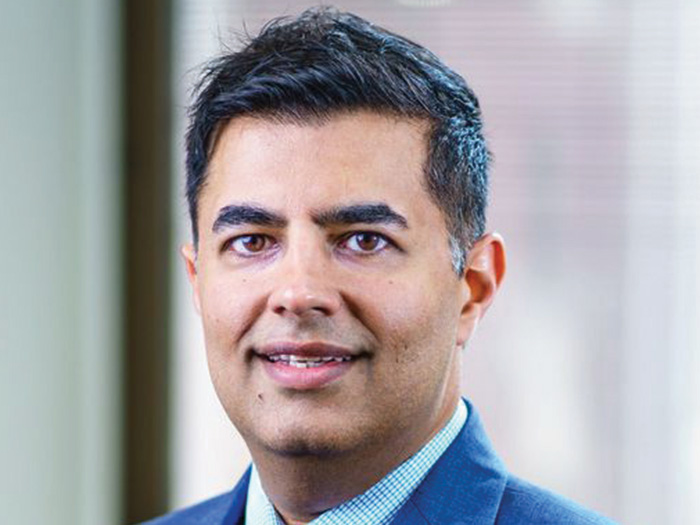CompTalk: The Right Tool for the Job: Creating a Path to Success for Injured Workers

Catastrophic amputations in the workplace are life altering — there’s no question there. For workers who experience such a traumatic event, finding the road to recovery can take time, commitment and a lot of hard work, both physically and mentally.
But, there are several avenues that employers can take to help make that process a little less daunting.
For one thing, connecting amputees with certified prosthetists can get the injured worker back to a sense of mobility. It’s the job of the certified prosthetist to listen, establish goals and create devices that get the worker fully functioning, independent and back to their daily activities.
“So many times, we meet folks who feel like they didn’t have any say in what it is that they’re going to be participating in that’s eventually going to help recreate and restore some of their lives,” said Brandon Sampson, certified prosthetist, co-founder, chief clinical officer, Limb Lab.
With over 20 years of experience working with amputees to regain mobility and independence, he said its crucial to recovery for workers to have that say in how they return to function. The job of the prosthetist is to make the injured worker feel heard.
Sampson dives into the key ways a prosthetist can help amputees during his National Workers’ Compensation and Disability Conference presentation, “The Right Tool for the Job: Creating a Path to Success for Injured Workers.” In his CompTalk, Sampson examines the prosthetic rehabilitation process from beginning to end and discusses the importance of having the worker involved every step of the way, creating a path to success.
“What we tend to do is spend a lot of time talking to [the amputee] … and we talk about what it is that they used to do, how they’re doing with this level of loss,” he explained. “What we’re really doing is building a relationship that’s build on trust. It’s built on listening.”
The end goal is to really figure out what the worker wants to do upon receiving their prosthetic or device following this initial conversation.
As Sampson explained, those tasks could be as simple as tying a shoe or just holding a hammer. But the key thing to note is that by discussing the things the worker wants to do, the prosthetists can create a device best-suited to meet those needs. Not all prosthetics are equipped to perform for every task, and so it is imperative for the worker’s wishes to be heard in the recovery process.
You can view Sampson’s full session on-demand here. Check out more CompTalks on the National Comp website. &
 National Comp — the National Workers’ Compensation and Disability Conference — is back! We’re planning an in-person show for October, 20-22, 2021 and we’re excited to see everyone while still adhering to all safety protocols set forth by local and national health authorities at the time of the event. Register today!
National Comp — the National Workers’ Compensation and Disability Conference — is back! We’re planning an in-person show for October, 20-22, 2021 and we’re excited to see everyone while still adhering to all safety protocols set forth by local and national health authorities at the time of the event. Register today!
This year, we’ll feature seven tracks — from core content on medical and pharmaceutical management, claims and return-to-work, plus new and expanded avenues to explore like risk finance and injury prevention. All of our educational sessions are chosen for their ability to deliver sound takeaways and ideas that attendees can use right now.
In the meantime, National Comp will continue bringing you free virtual, educational content through our digital sessions series and our CompTalks program. Register today to make sure you don’t miss a digital session and check out our on-demand CompTalks library. Missed a session? Watch it here on-demand.










